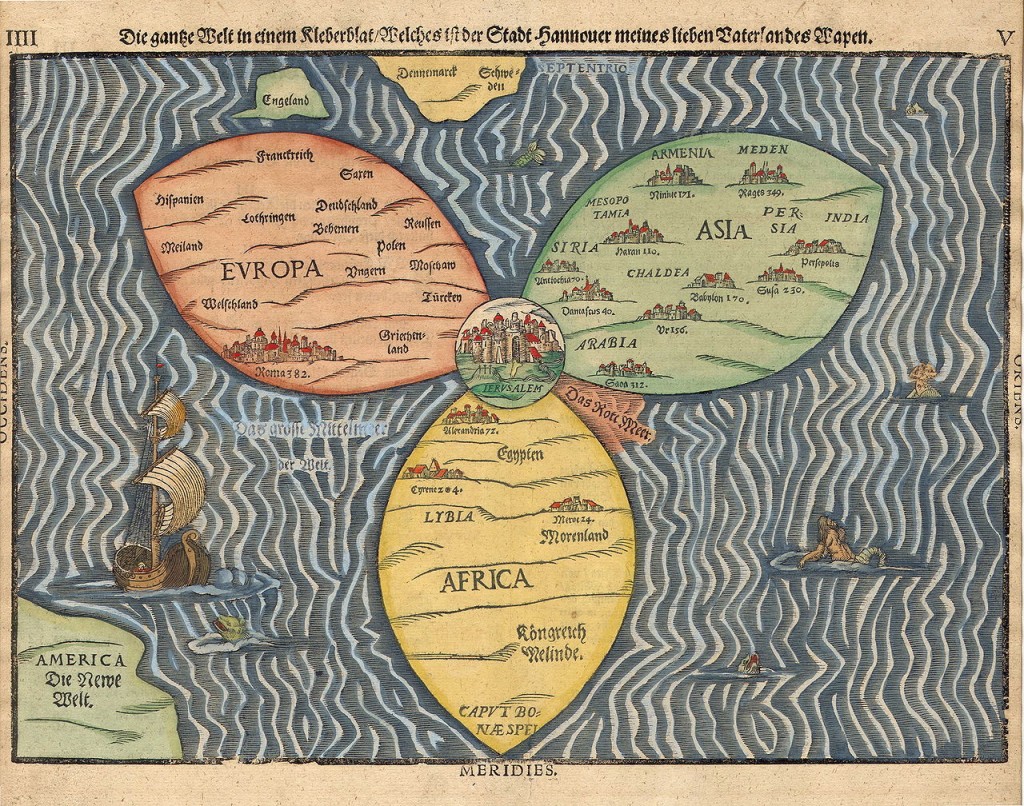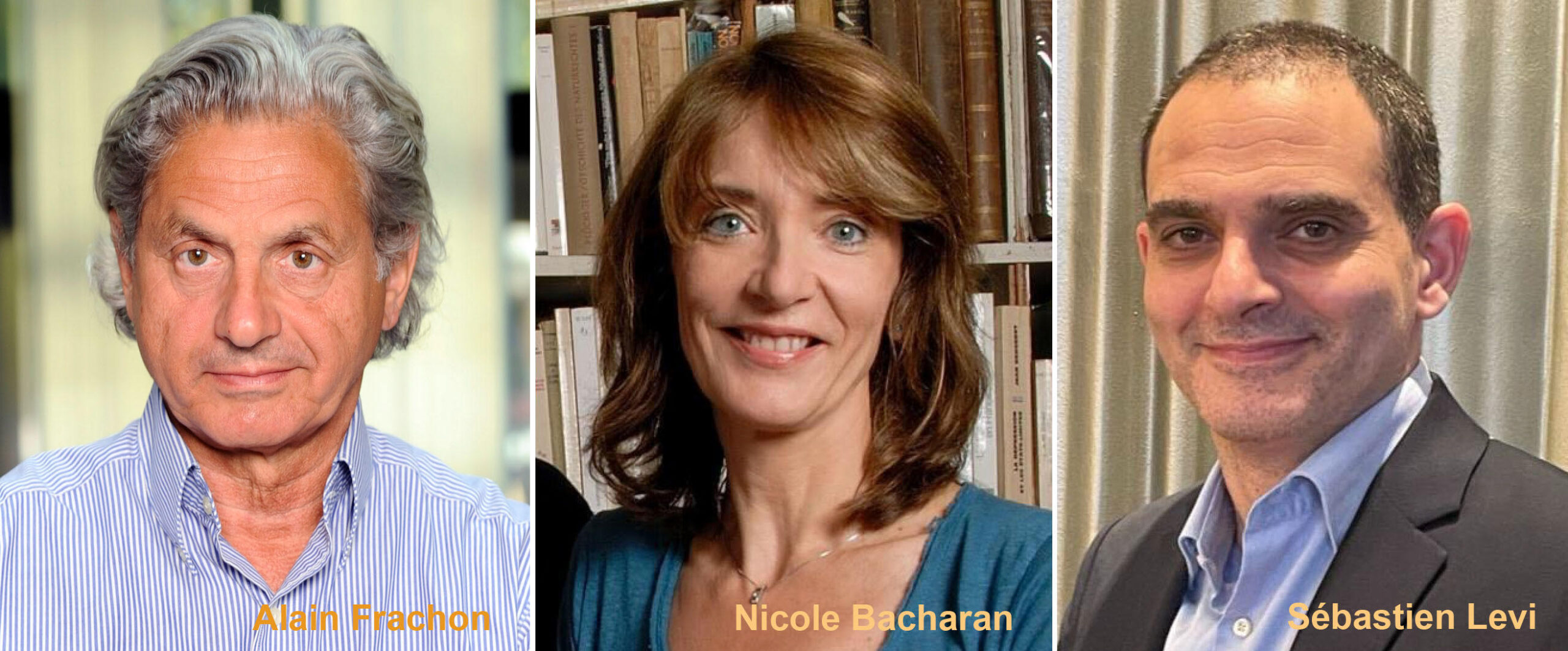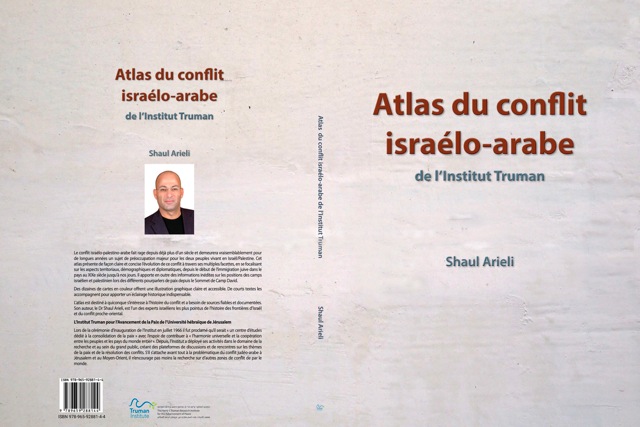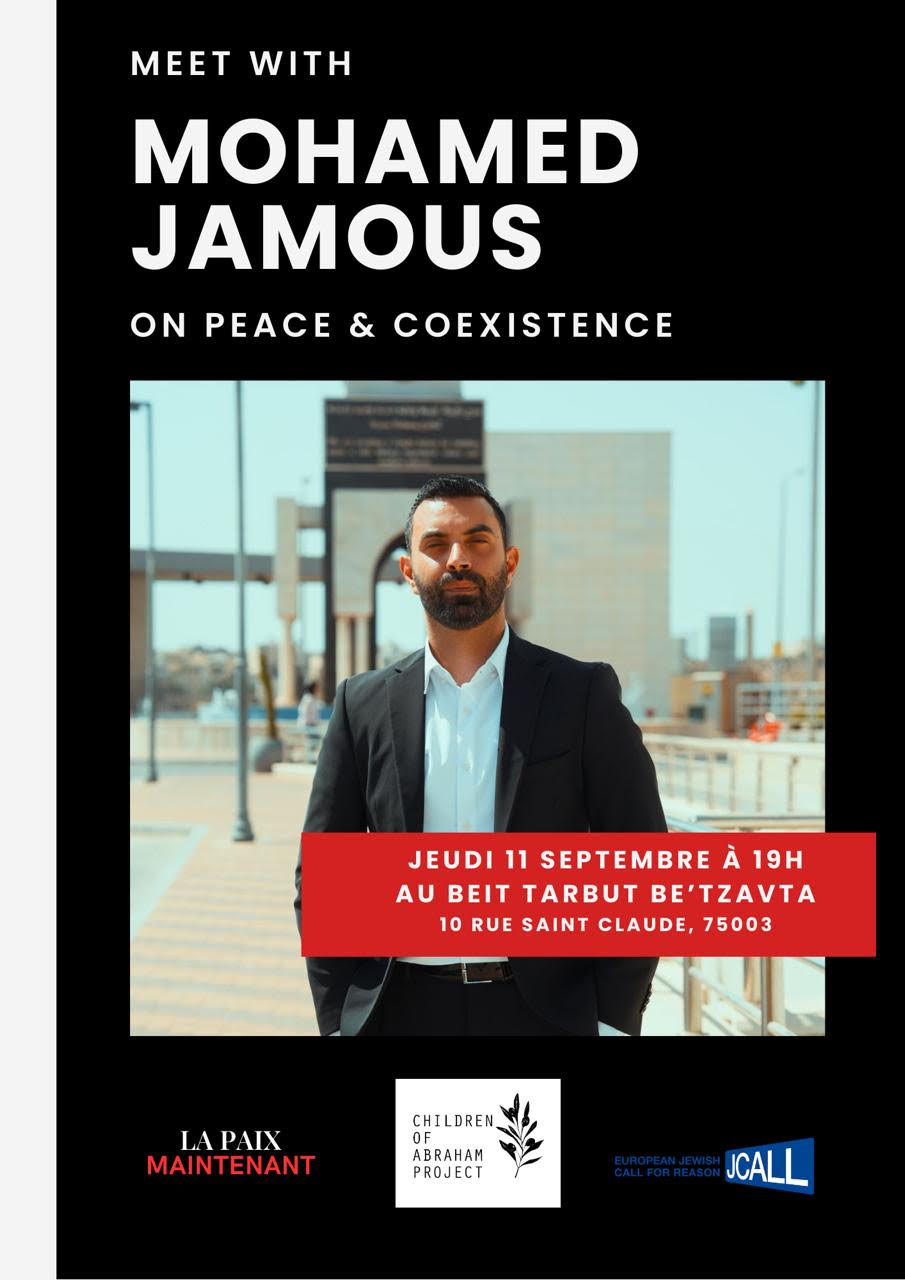Au lieu de discourir pour ou contre la «division» de Jérusalem, il faut voir la réalité en face. Et la réalité est qu’il y a deux villes: une Jérusalem juive et une Jérusalem arabe.
Nous reproduisons ci-dessous la version anglaise de l’article de Eyal Megged paru le 27 mai 2013 dans le quotidien Haaretz. (Cliquer ICI pour lire l’original en hébreu et ICI pour lire la version anglaise.)
I haven’t been so infuriated by a politician’s words for a long time as I was upon reading Yair Lapid’s remarks in an interview to the New York Times, in which he said that East Jerusalem must remain in Israeli hands since “we did not come here for nothing.”
These words would be more acceptable if uttered by one of those fanatic champions of East Jerusalem, who insist on living in the midst of the Moslem quarter, or in an Arab house in Sheikh Jarrah.
They would also be understandable if spoken by someone who lovingly seeks the proximity of the city on a daily basis, such as me and other last Mohicans who choose to live in a city which “is not a place but an idea,” as defined in typical copywriter’s style by Lapid himself.
But Lapid, of all people, whose heart and soul are linked to Tel Aviv’s trendy Sheinkin Street? Who is he posing as this time? As right-wingers Arieh Eldad or Itamar Ben Gvir? Let’s assume that Lapid really is crazy about Wadi Joz, Salah-A-Din Street and Ras El-Ammud, as I am. Why does he have to rule these areas? I, for one, am happy to walk there in my slippers without needing to be the house owner.
After decades of brainwashing regarding the fictitious entity known as the “unified” city, it’s time to admit the truth. There is no unified city, only a double one, with two cities − a Jewish one in the west and an Arab one in the east. Arab Jerusalem is not a genie that one has to keep in its bottle but a reality. There is an Arab Jerusalem, not an imaginary one, right around the corner.
The brainwashing we were subjected to had but one purpose − to create an illusion that there was something whole here, a unified city, and that any attempt to separate between its parts was akin to a catastrophic division or amputation, leading to our destruction. However, things are just not so.
Anyone crossing the dividing line between the two parts of the city, a border that was erased from the map but is still as tangible as ever, notices at once that he is in a different country. This is the East, an Arab country in all its aspects, manners, smells and customs, its cultural and human landscape. This is an Arab city just like Amman and Damascus.
One should therefore not talk about dividing Jerusalem, but about looking at reality as it is. The reality is that there are two cities, and we should face up to this reality unflinchingly, since the danger lies not in this recognition but in turning a blind eye to reality. After decades of blindness, one should face reality bravely, with eyes wide open, in order to avoid lurking dangers.
It’s not so bad if a quarter of a million Arabs who live in the city will feel as landlords in their part of the city, legally as well as in practice. We are not the landlords in Arab Jerusalem − they are. The proof of the matter is that most Israelis, including Lapid, do not venture there. Ownership is determined by, among other things, physical presence. Not an aggressive, artificial one but a living, natural one. The quicker we adapt this reality to a creative solution deriving from a need to divide Jerusalem, the better we will all fare.







